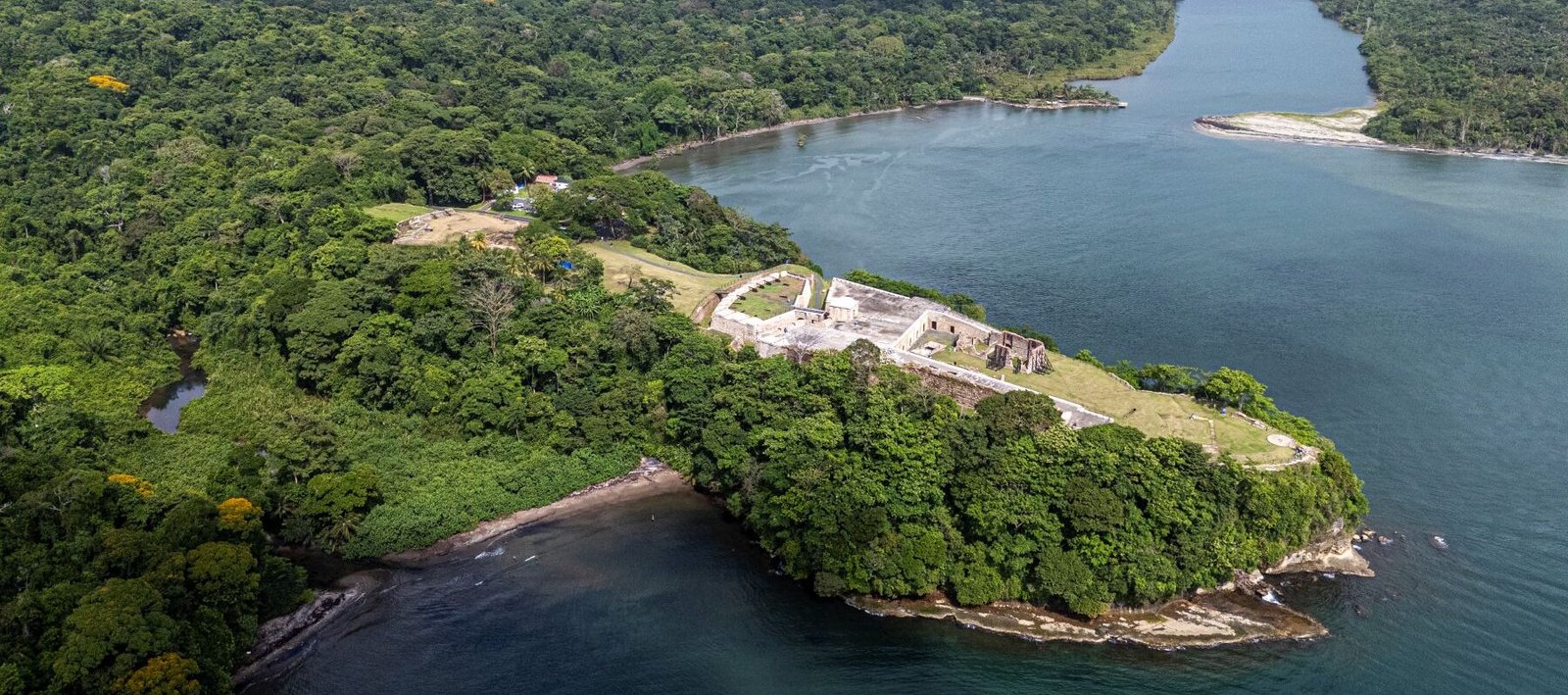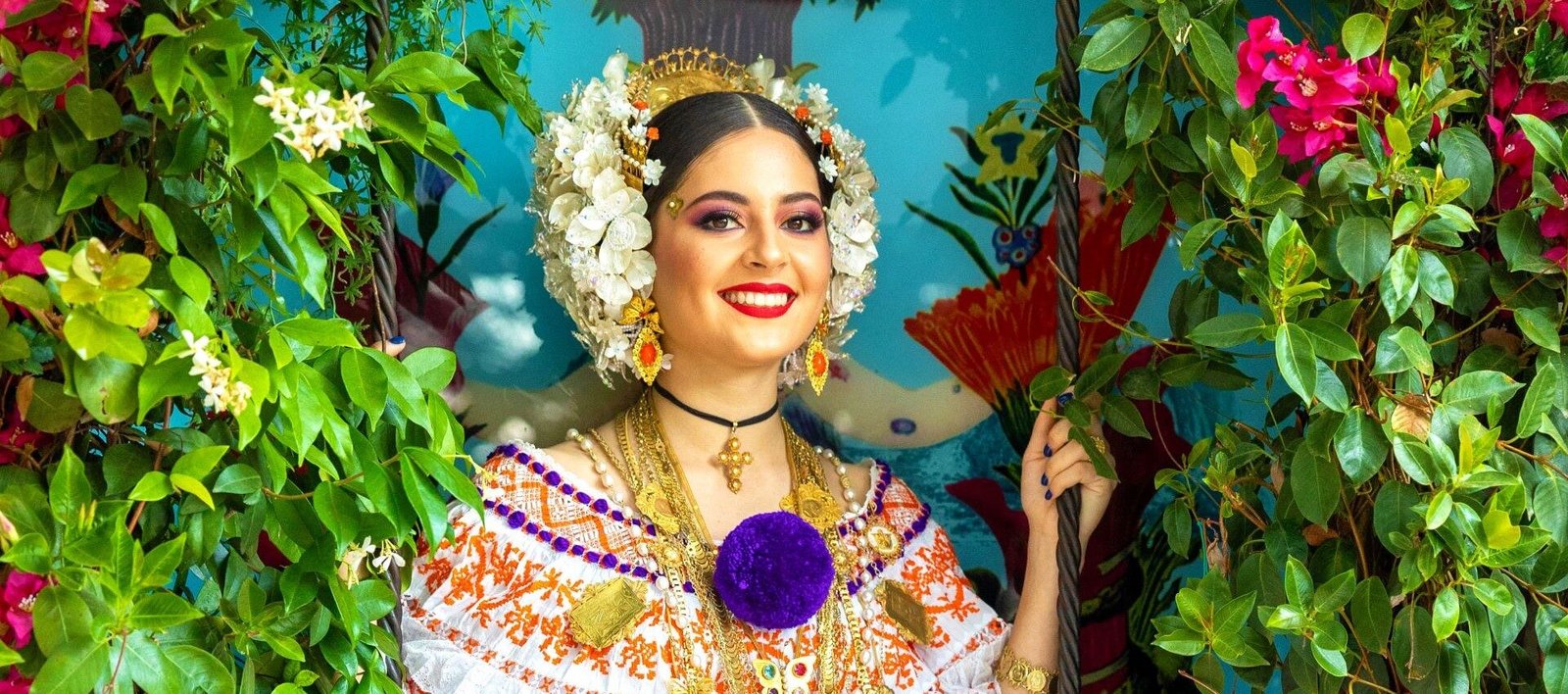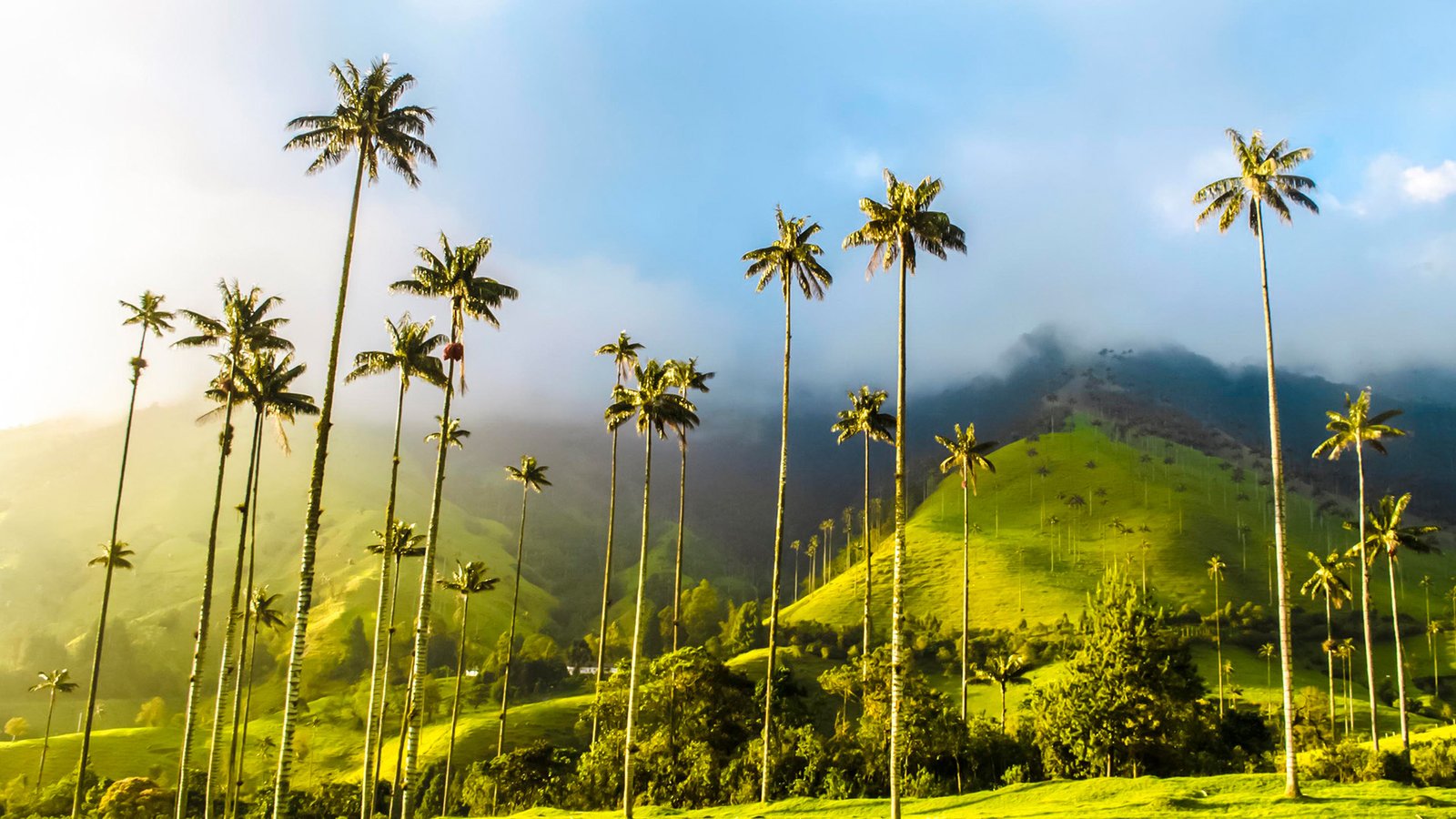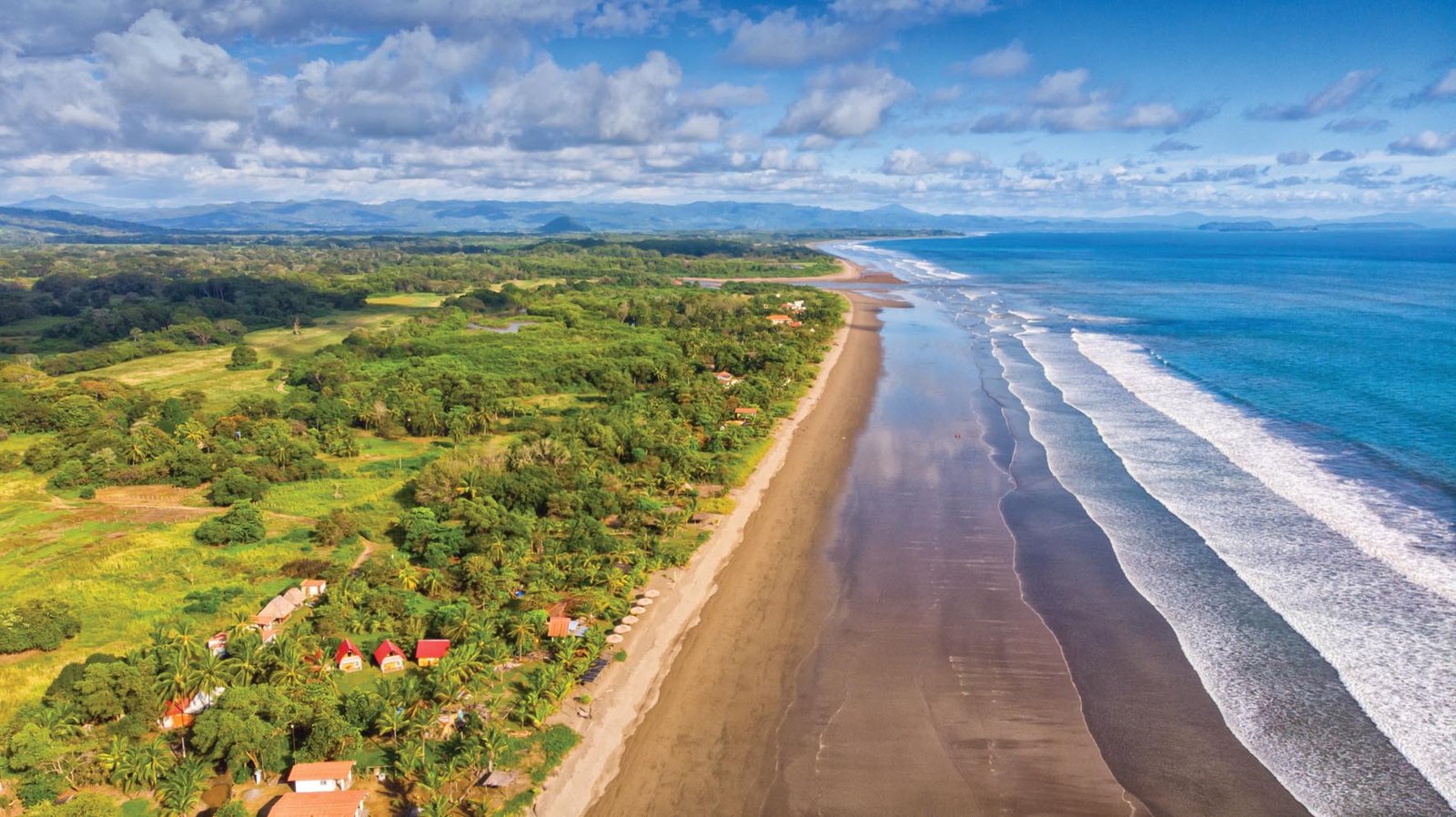
First Copa Aircraft to Wear Panama
By Redacción Panorama de las Américas
Photos: Courtesy
Imagine walking down everyone’s favorite passageway, the one that leads to an aircraft that will take you to an exciting destination. The windows to one side show you the colors of the airplane you’ll be boarding —on time, of course— for the upcoming adventure.
Splashed across the fuselage is the name that represents the whole nation, regardless of our differences. But there’s more. You also see a series of interconnected images that portray the history of the country. It’s not just a dream contrived for this article, it’s the reality of the new Copa Airlines aircraft with a design that will embody Panama in the skies of the Americas.
This flying jewel is a majestic tribute to the natural and cultural richness of Panama. It is adorned with images of four pillars representing the nation: culture, nature, sea and city. From the mysterious “diablico sucio” (dirty devil) as a worthy representative of folklore to the imposing harpy eagle, the national bird. Also the spectacle of whales and turtles in the Panamanian coasts, the beaches where surfing is practiced: the new suit of the plane Panama tells a story that summarizes the isthmus.
This new livery is not only an artistic tribute to the great- ness of Panama, but a promise of adventures to come. Copa Airlines hopes to share the wealth of Panama with the entire world, and to invite travelers to embark on a journey of discovery. This aircraft will become a messenger of Panamanian diversity, reminding us that worlds converge in this country, and that there is beauty everywhere on earth and in the heavens.

DIABLICOS SUCIOS (DIRTY DEVILS)
The dance of the dirty devils is one of the most iconic dances of Corpus Christi, a religious festival —next held on May 30— that is celebrated on a grand scale in La Villa de Los Santos. Adorned with flamboyant masks, this character represents the struggle between good and evil.
HARPY EAGLE
The wingspan of Panama’s national bird, the harpy eagle, can reach more than 8 feet. This incomparable raptor inhabits the forests of the province of Darién, the Chagres National Park, and the Palo Seco Forest Reserve in Bocas del Toro.
WHALES
Every year, hundreds of humpback whales come to the gulfs of Panama and Chiriquí and the waters borde- ring the Azuero peninsula to mate and give birth. This natural spectacle is appreciated by both tourists and local residents on excursions from the coast, especially between July and October.



TURTLES
The Pacific coasts of Veraguas and Los Santos and the Caribbean coasts of Bocas del Toro and San Blas are visited by five of the world’s seven species of sea turtles. Environmentalists organize excursions to allow visitors to see nes- ting mothers and watch the release of newborn turtles.
SURFING
Panamanian coasts offer surfable waves all year, and have hosted international events. The high season in the Pacific runs from April to October, while it lasts from December to March in the Caribbean, making it possible to practice this sport virtually year round. Good waves break at Punta Chame and Punta Teta near the city; Bocas del Toro has the outstanding Playa Bluff and Red Frog; and Azuero can boast Venao and Cambutal.






Leave a Reply